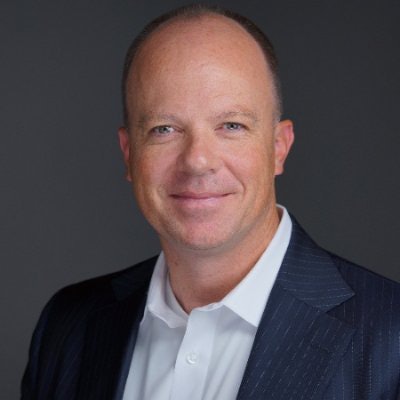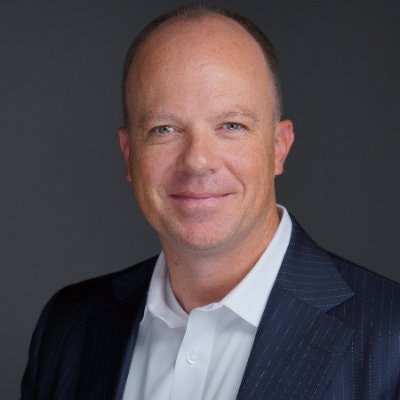
Positioning fees correctly and raising them at the right times doesn't happen without a lot of thought. You don't want patients to become offended, think or lash out that "you are getting too expensive," or, even worse, leave your practice without saying another word.
Most patients understand that raising fees moderately every year is just the cost of doing business for everyone, including clinicians. Nevertheless, a few patients will always balk at a few extra fees -- no matter the reasons.
Having a scripted response will help soothe these patients. Consider something like the following:
We understand your concern about costs, and to be fair, we have checked with the American Dental Association for its latest view of fees in our area. We have positioned our fees at not the highest or lowest but where we feel it is the fairest for both of us. We value you, and we want to be able to offer you the best service and the newest technology and materials for your care.
Get help
 James Anderson, DMD.
James Anderson, DMD.Today, many sources are available to provide fee analyses, and each collects data slightly differently. Sources categorize data by percentile and within a practice's large geographical area. Most dentists like to be in the 80th percentile, while others go as low as the 60th.
Once your fees are aligned with your practice overhead, it is best to keep "discounts" out of the mix. Otherwise, they will lower your overall profits and, possibly, your ability to cover expenses. The lower your percentile choice, the fewer discounts you should give.
Raising fees by 1% to 3% per year is recommended to help offset rising operational costs. Remember, your team wants fair compensation and benefits. But, if you don't keep current with practice costs, it may be impossible to maintain raises, benefits, or bonuses.
If you are contracted in the preferred provider organization (PPO) networks, your practice fee schedule must reflect your actual operational costs. This is necessary because each claim will be billed to the insurance using your current fee schedule. Then, claims are paid per contract agreement. PPO write-offs will range between 30% and 40% of practice fees if they are positioned correctly.
Finally, fee increases are valid for any patient not covered under a managed care plan. Insurance companies determine future payouts based upon the overall fee profile for dentists in the ZIP code area.
Nobody wants to raise fees, but an appropriate schedule is needed for you to help meet your financial goals and bring peace of mind to you and your team. The best way to justify fee increases is to show patients the value you bring to each visit by letting them know all that you offer in services and care.
James Anderson, DMD, is a practicing dentist in Syracuse, UT, and is the CEO/founder of eAssist Dental Solutions. He can be reached via email.
The comments and observations expressed herein do not necessarily reflect the opinions of DrBicuspid.com, nor should they be construed as an endorsement or admonishment of any particular idea, vendor, or organization.


















